Home>Gardening & Outdoor>Outdoor Recreation & Activities>What Wind Speeds Will Pick Up A Trampoline
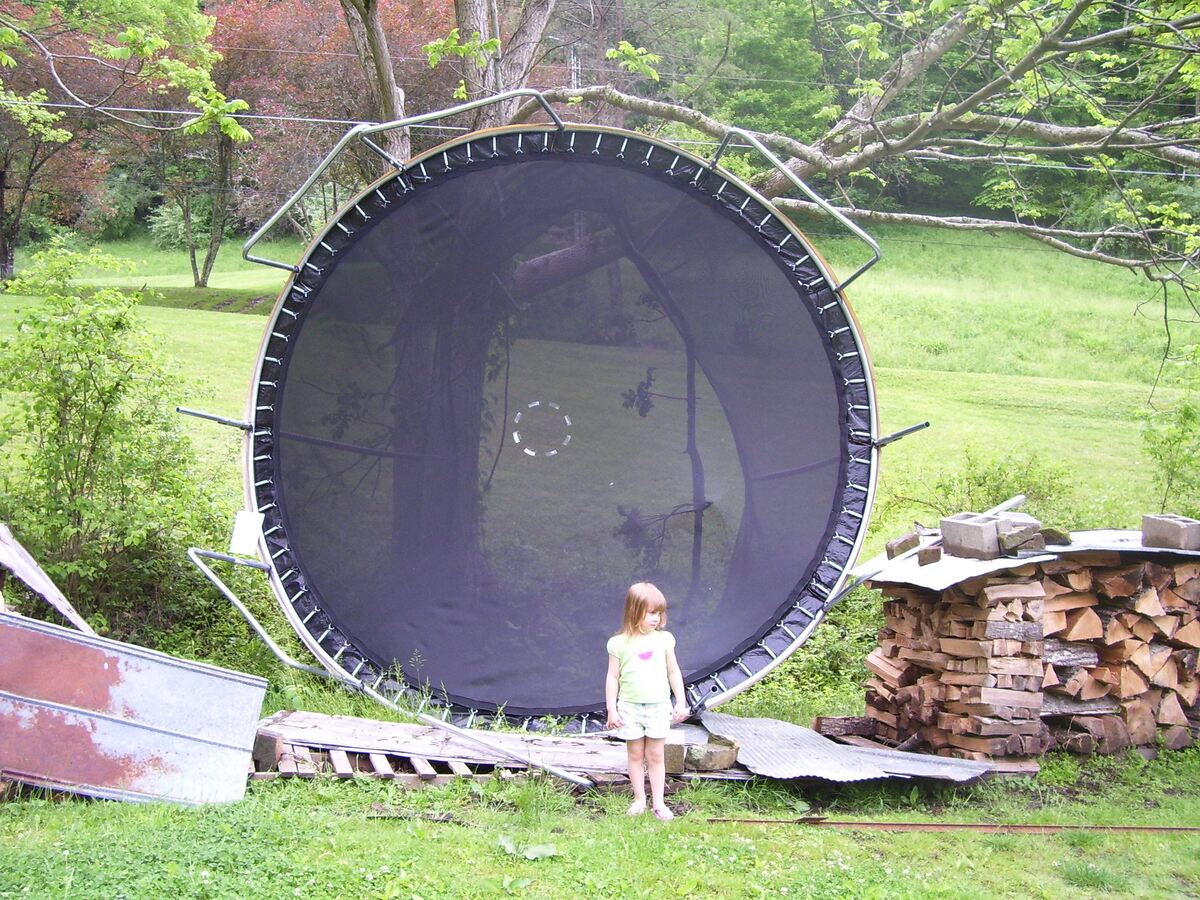

Outdoor Recreation & Activities
What Wind Speeds Will Pick Up A Trampoline
Modified: January 4, 2024
Discover the wind speeds that pose a risk to outdoor recreation and activities like trampolining. Learn how to keep your trampoline safe in varying weather conditions.
(Many of the links in this article redirect to a specific reviewed product. Your purchase of these products through affiliate links helps to generate commission for Storables.com, at no extra cost. Learn more)
Introduction
Trampolines are a source of endless joy and entertainment, serving as a beloved fixture in many households and recreational spaces. However, despite the exhilarating experience they offer, trampolines can pose safety risks under certain conditions, particularly when confronted with strong winds. Understanding the dynamics of wind speeds and their impact on trampoline movement is crucial for ensuring the safety of users and the longevity of the equipment.
In this comprehensive guide, we will delve into the intricate relationship between wind speeds and trampoline movement, shedding light on the factors that influence this interaction. By gaining a deeper understanding of these elements, both trampoline enthusiasts and safety-conscious individuals can make informed decisions to mitigate potential risks and enhance their overall trampolining experience. Let's embark on a journey to unravel the mysteries of wind speeds and their effects on trampoline behavior.
Key Takeaways:
- Wind speed greatly affects trampoline movement, with stronger winds posing higher risks. Understanding wind classifications and securing the trampoline can prevent damage and ensure safety.
- Factors like design, surface area, and anchor systems influence how wind affects trampolines. By considering these factors, trampoline owners can take proactive measures to minimize risks.
Read more: What Weather Instrument Measures Wind Speed
Factors Affecting Trampoline Movement
Several key factors play a pivotal role in determining how a trampoline responds to external forces, particularly wind. Understanding these factors is essential for comprehending the potential impact of wind speeds on trampoline movement.
- Trampoline Design: The design and construction of a trampoline significantly influence its susceptibility to wind-induced movement. Factors such as frame structure, base design, and overall stability play a crucial role in determining the trampoline’s ability to withstand varying wind speeds.
- Surface Area: The surface area of a trampoline directly affects its exposure to wind resistance. Larger trampolines with expansive jumping mats and enclosure systems are inherently more susceptible to wind forces, especially when compared to smaller, compact models.
- Anchor Systems: The effectiveness of the trampoline’s anchoring system is paramount in preventing excessive movement caused by wind. Secure and robust anchoring mechanisms, such as ground stakes or weighted anchors, can significantly reduce the risk of the trampoline being displaced during windy conditions.
- Environmental Surroundings: The immediate surroundings of the trampoline, including nearby structures, trees, and natural windbreaks, can influence the wind patterns and intensities that the trampoline is exposed to. These environmental factors can either amplify or diminish the impact of wind on the trampoline’s movement.
- Material Quality: The quality and durability of the trampoline’s materials, including the frame, springs, and jumping mat, can affect its ability to withstand wind-induced stress. High-quality, resilient materials are better equipped to withstand varying wind speeds and maintain structural integrity.
By considering these factors, trampoline owners and users can gain valuable insights into the potential vulnerabilities and strengths of their equipment when faced with windy conditions. This understanding forms the foundation for implementing proactive measures to minimize the risks associated with trampoline movement in the presence of strong winds.
Understanding Wind Speeds
Wind speed, a fundamental component of meteorology and atmospheric science, refers to the velocity at which air moves horizontally across the Earth’s surface. It is typically measured in units such as miles per hour (mph) or kilometers per hour (km/h) and is a critical parameter in assessing the potential impact of wind on various structures and objects, including trampolines.
Wind speeds are influenced by a multitude of factors, including geographical location, topography, and weather patterns. Understanding the classification of wind speeds is essential for gauging their potential effects on trampoline movement:
- Light Breeze: Wind speeds ranging from 1 to 7 mph (1 to 11 km/h) characterize a light breeze. While this level of wind is generally mild, it can still impart noticeable movement to a trampoline, particularly if it is not securely anchored.
- Moderate Wind: Ranging from 8 to 18 mph (12 to 29 km/h), moderate winds can exert more pronounced forces on a trampoline, potentially causing it to sway and oscillate.
- Strong Wind: Wind speeds between 19 and 31 mph (30 to 50 km/h) signify strong winds that can significantly impact trampoline movement, posing potential risks if adequate precautions are not in place.
- High Wind: High winds, with speeds ranging from 32 to 50 mph (51 to 80 km/h), can exert substantial force on a trampoline, potentially leading to displacement and structural stress.
- Severe Wind: Wind speeds exceeding 50 mph (80 km/h) are classified as severe and can pose a severe risk to trampolines, potentially causing significant damage and posing a threat to surrounding structures and individuals.
By familiarizing oneself with these wind speed classifications, trampoline owners can better comprehend the potential hazards associated with varying wind intensities and take proactive measures to safeguard their equipment and the surrounding environment.
Always secure your trampoline with anchor kits or heavy weights to prevent it from being picked up by wind. Wind speeds of 40-50 mph can start to lift a trampoline, so be cautious during windy weather.
Wind Speeds and Trampoline Movement
The relationship between wind speeds and trampoline movement is a critical aspect to consider for trampoline owners and users. The impact of wind on a trampoline is influenced by various factors, including the trampoline’s design, wind speed and direction, and the surrounding environment. Understanding how different wind speeds can affect trampoline movement is essential for implementing appropriate safety measures and mitigating potential risks.
At lower wind speeds, such as those associated with a light breeze, trampolines may experience subtle swaying or gentle movements. While these effects may not pose an immediate danger, it is crucial to ensure that the trampoline is securely anchored to prevent any unexpected displacement. Moderate winds can induce more pronounced oscillations and movements in the trampoline, necessitating heightened vigilance and reinforcement of anchoring systems.
As wind speeds escalate to the range of strong winds, the potential for significant trampoline movement and stress on the structure becomes more pronounced. Trampoline users should exercise caution during these conditions and consider temporarily securing or disassembling the trampoline to prevent potential damage or hazards. High wind speeds pose a substantial risk to trampoline safety, with the potential for displacement and structural damage. During such conditions, it is advisable to disassemble the trampoline or employ advanced anchoring systems specifically designed to withstand high wind forces.
When confronted with severe wind speeds, trampolines are at the greatest risk of sustaining significant damage and posing hazards to their surroundings. In such circumstances, proactive measures, such as disassembly and secure storage, are imperative to prevent potential accidents and structural failure. Additionally, regular monitoring of weather forecasts and wind conditions can provide valuable insights into the likelihood of severe winds, enabling trampoline owners to take preemptive actions to safeguard their equipment and the surrounding area.
It is essential for trampoline owners to assess the wind speeds prevalent in their geographical location and to consider the specific environmental factors that may amplify or mitigate wind forces. By understanding the nuanced relationship between wind speeds and trampoline movement, individuals can make informed decisions to enhance trampoline safety and minimize the risks associated with adverse weather conditions.
Conclusion
Trampolines are a cherished source of recreation and enjoyment, offering individuals of all ages an exhilarating way to stay active and have fun. However, the interaction between wind speeds and trampoline movement underscores the importance of prioritizing safety and understanding the factors that influence trampoline behavior in varying wind conditions.
By recognizing the critical role of trampoline design, surface area, anchor systems, environmental surroundings, and material quality, trampoline owners can proactively address potential vulnerabilities and fortify their equipment to withstand the influence of wind. Understanding wind speeds and their classifications, from light breezes to severe winds, provides valuable insights into the potential impact on trampoline movement, enabling individuals to make informed decisions regarding usage and safety measures.
As custodians of trampolines, it is incumbent upon us to remain vigilant and proactive in safeguarding these beloved recreational assets. Regular maintenance, strategic placement, and adherence to safety guidelines can significantly mitigate the risks associated with wind-induced trampoline movement, ensuring a safe and enjoyable experience for all users.
Ultimately, the harmonious coexistence of trampolines and varying wind speeds hinges on a thorough understanding of the factors at play and the implementation of appropriate precautions. By fostering awareness and prioritizing safety, trampoline enthusiasts can continue to revel in the boundless joy that these apparatuses offer, all while ensuring the well-being of both the equipment and its users.
Embracing a holistic approach that integrates knowledge, preparedness, and a commitment to safety, we can cultivate an environment where trampolines and wind coexist harmoniously, allowing individuals to soar to new heights while remaining firmly grounded in safety and security.
Frequently Asked Questions about What Wind Speeds Will Pick Up A Trampoline
Was this page helpful?
At Storables.com, we guarantee accurate and reliable information. Our content, validated by Expert Board Contributors, is crafted following stringent Editorial Policies. We're committed to providing you with well-researched, expert-backed insights for all your informational needs.
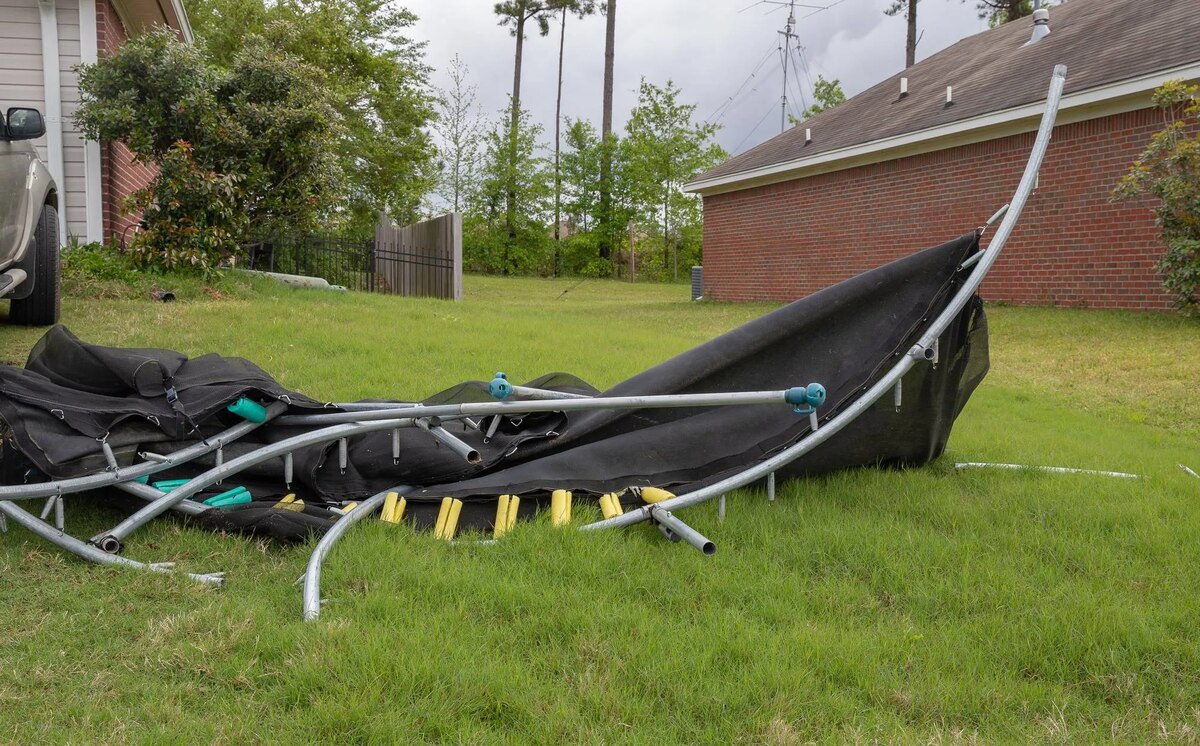
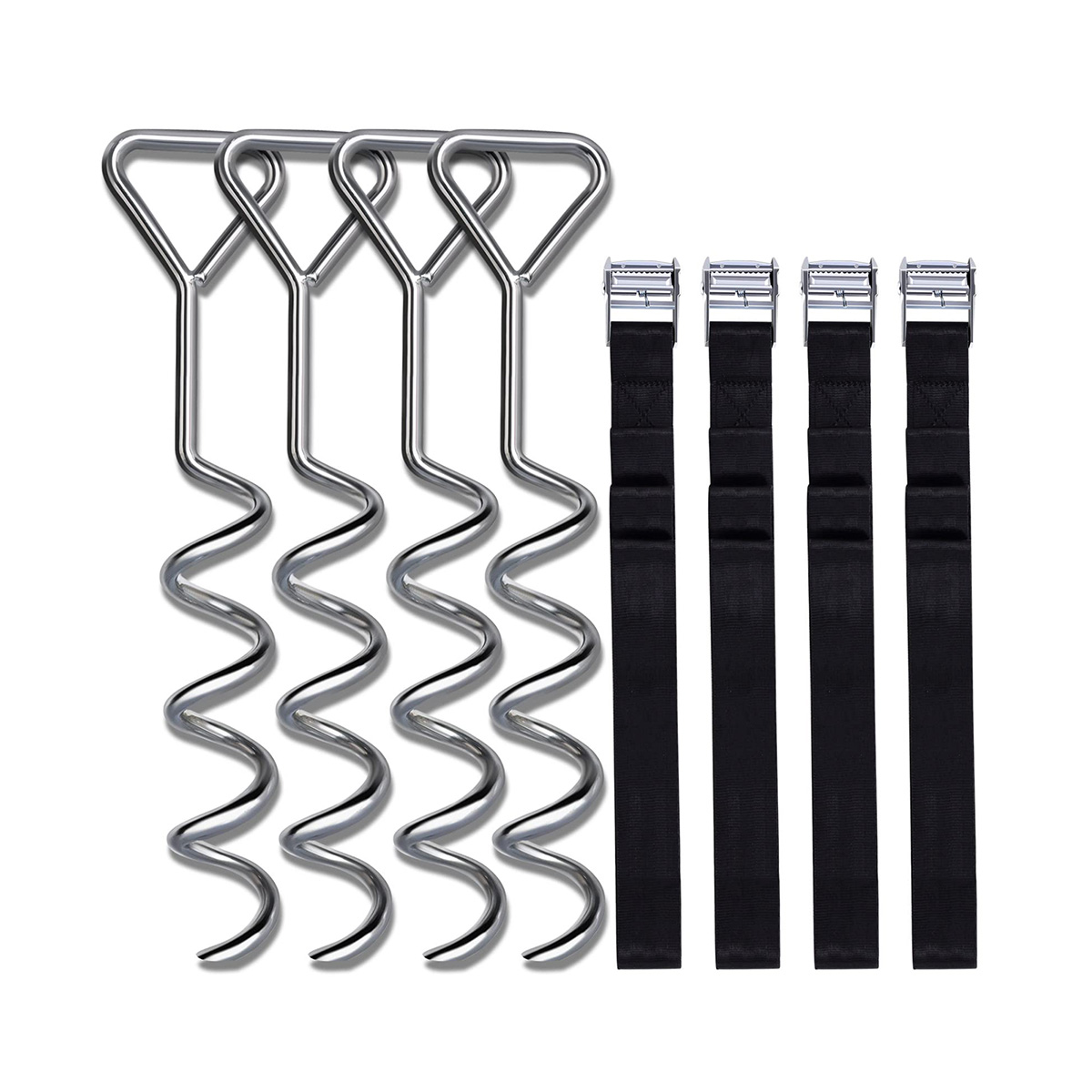
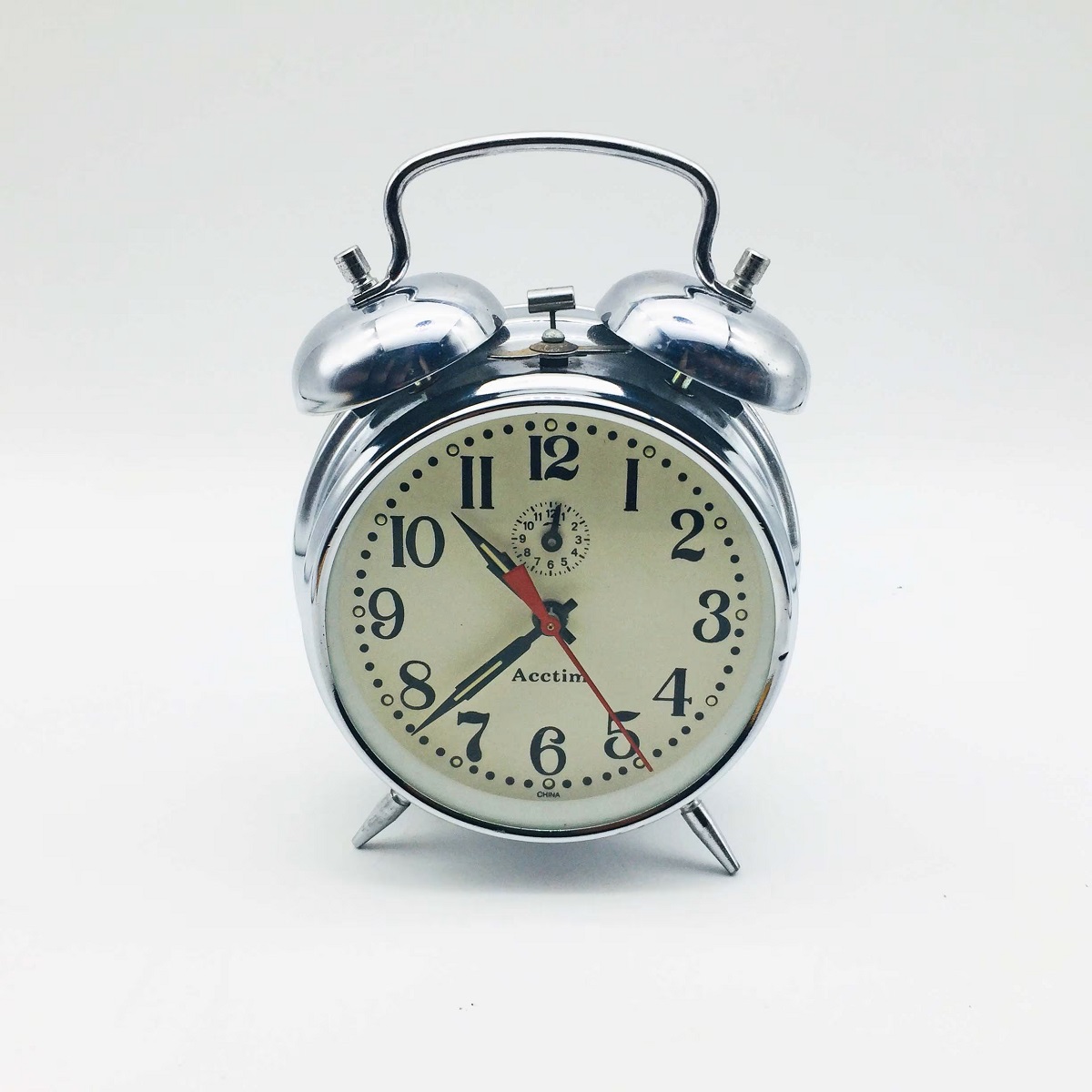
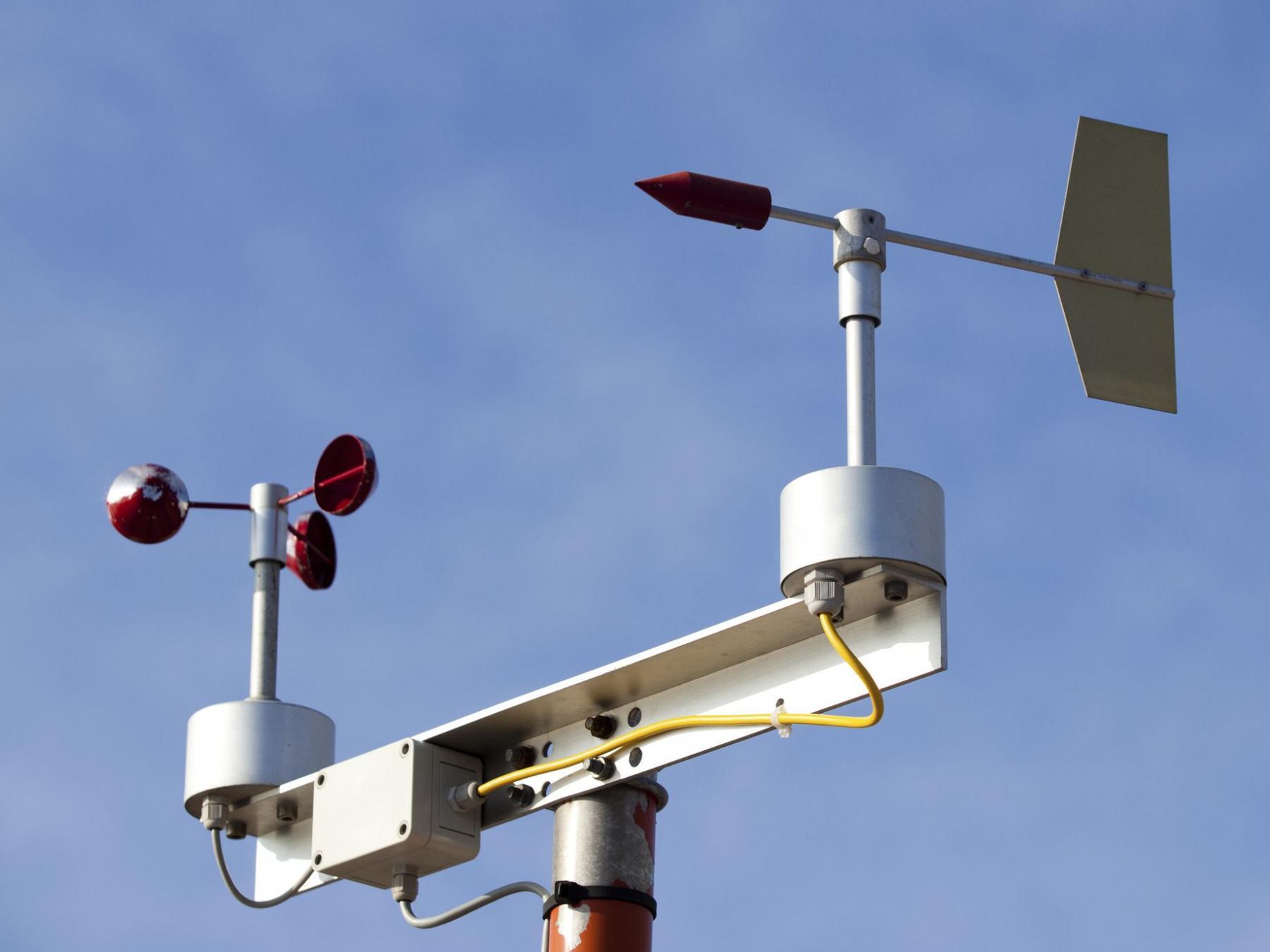
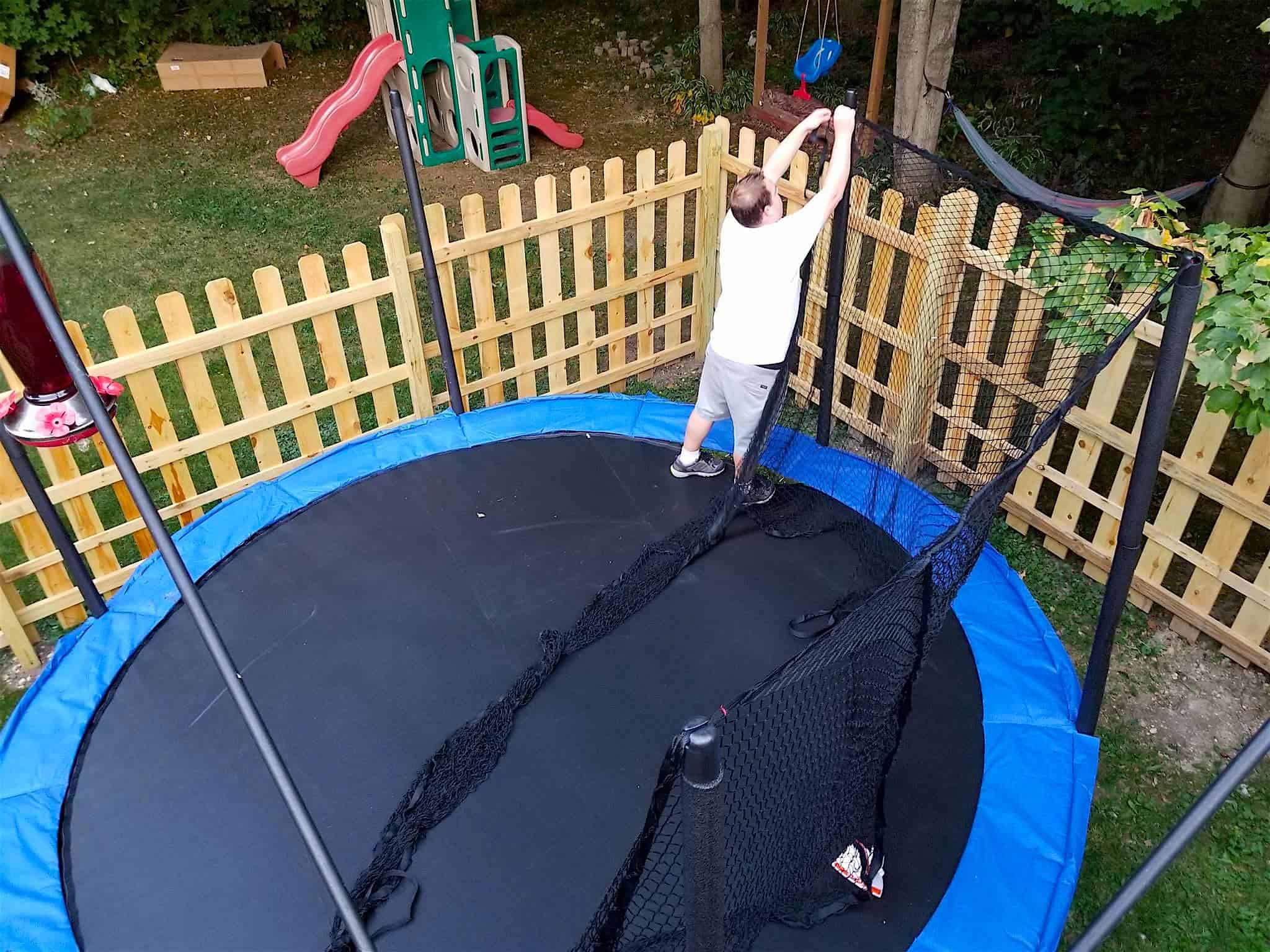

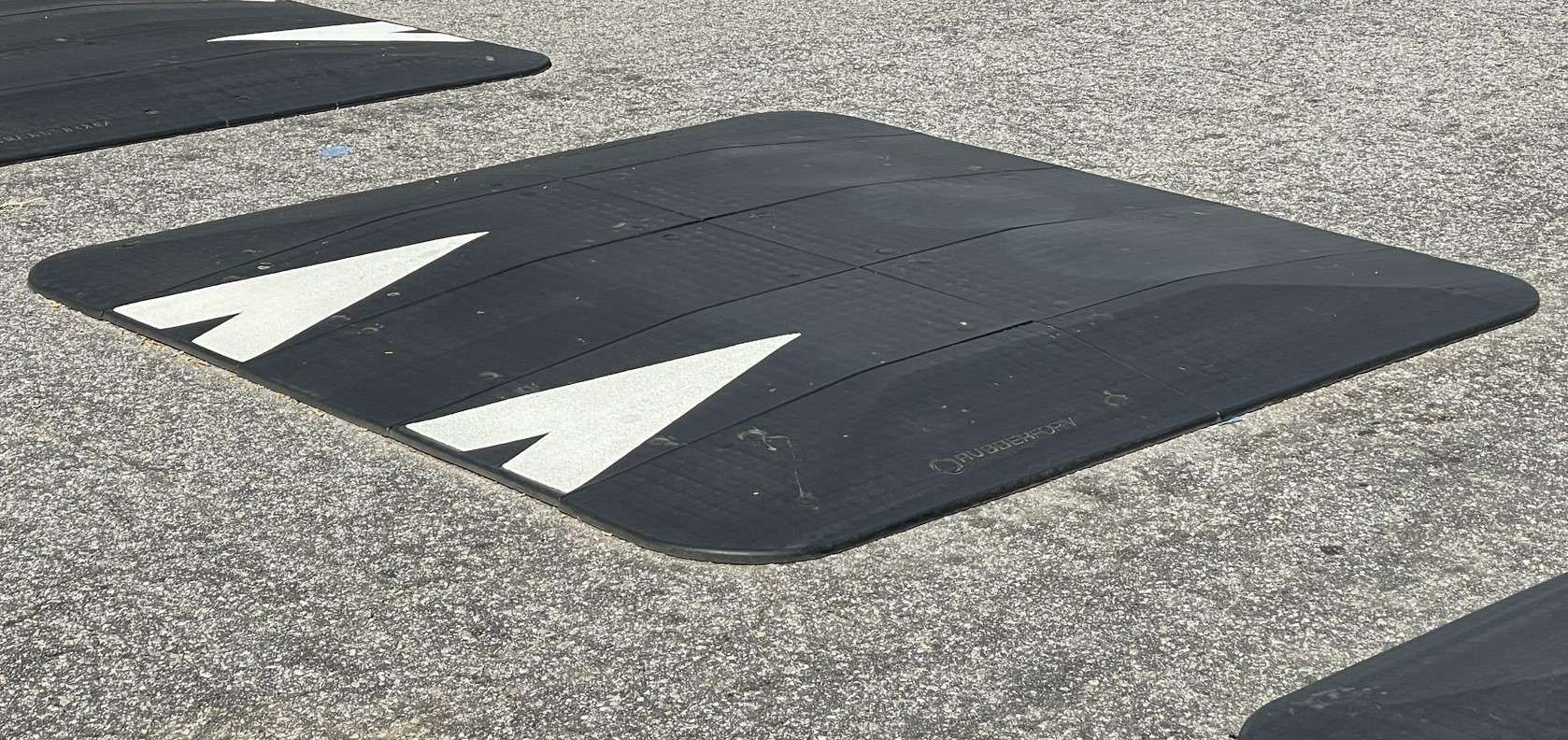
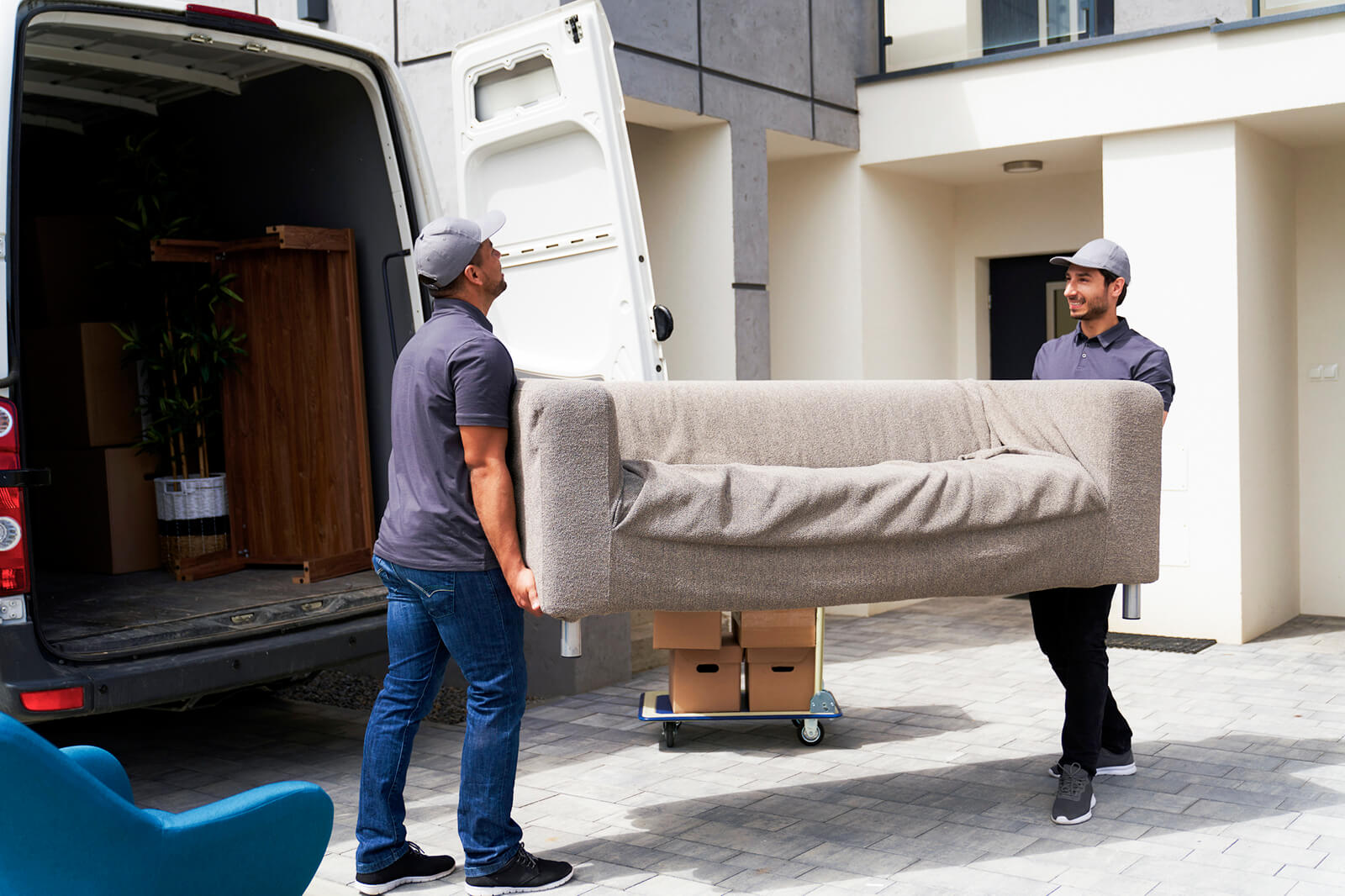


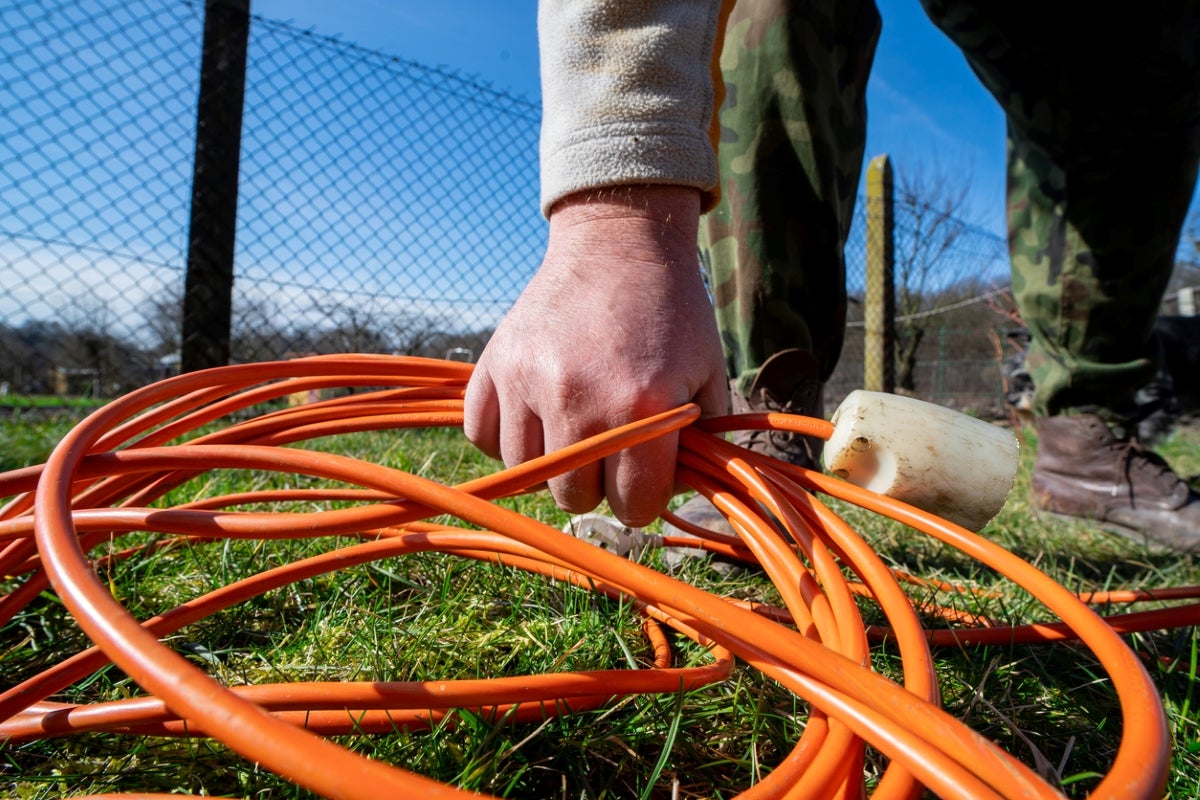

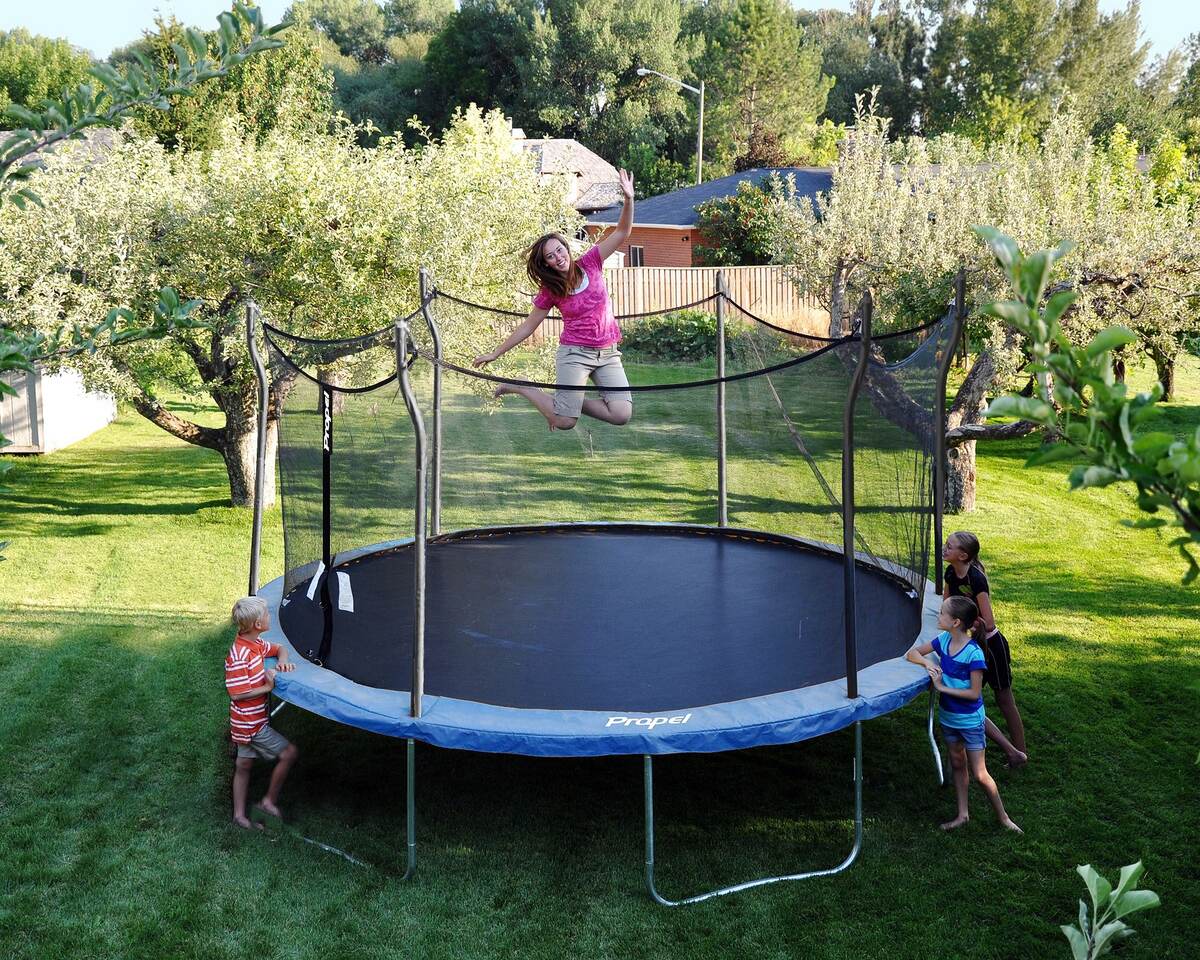

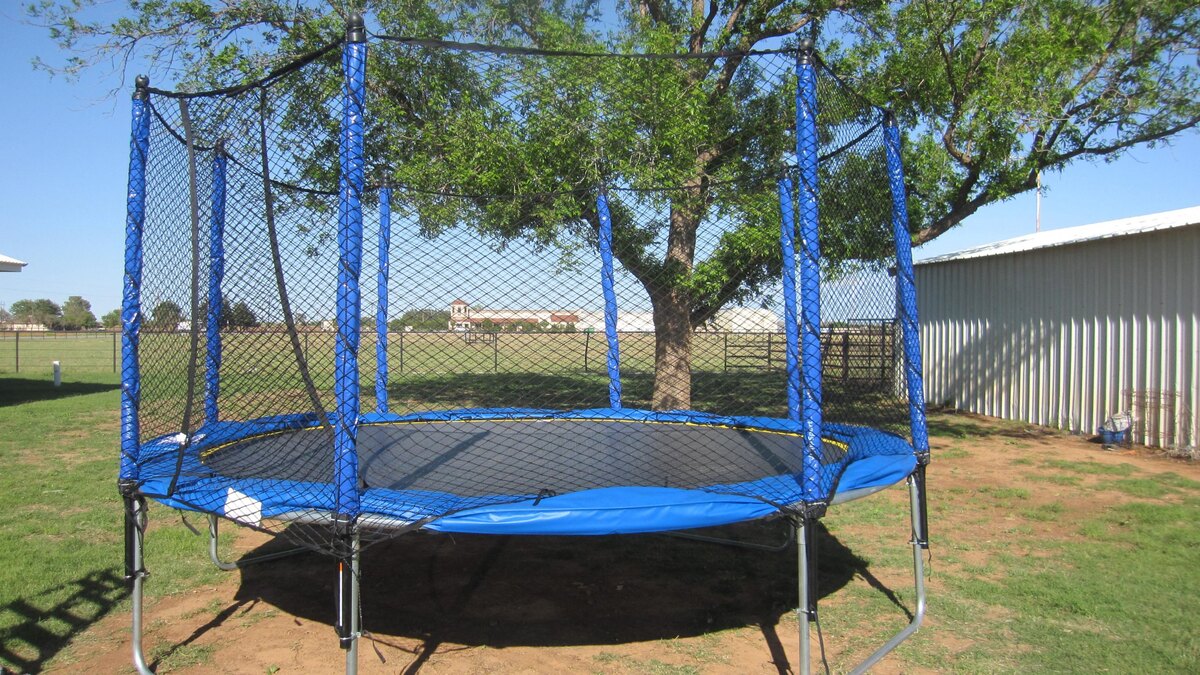

0 thoughts on “What Wind Speeds Will Pick Up A Trampoline”